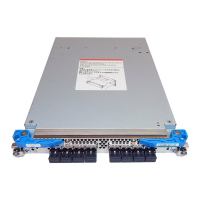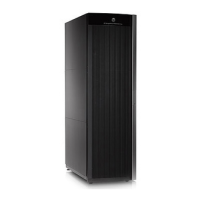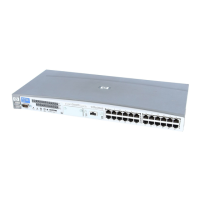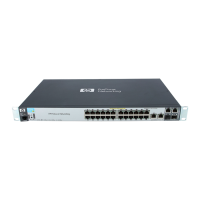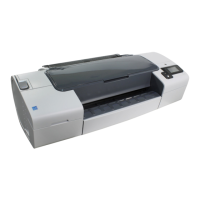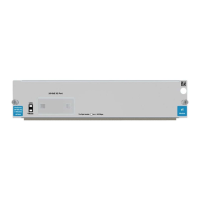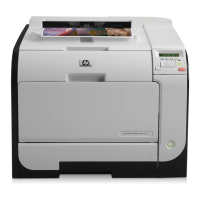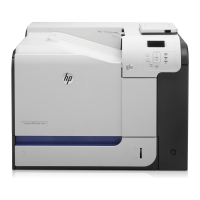How to resume all HP XP P9500 pairs suspended by CGROUP/FREEZE?
- NnathanschmidtSep 6, 2025
If all Continuous Access Synchronous Z pairs in the MCU were suspended by the CGROUP/FREEZE command, resynchronize the pair(s) from the MCU using Resume Pair or the CESTPAIR (MODE=RESYNC) TSO command.
